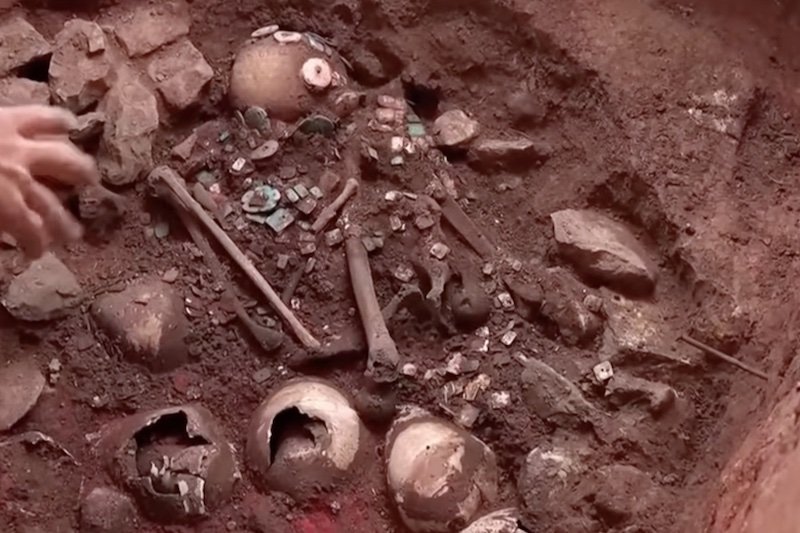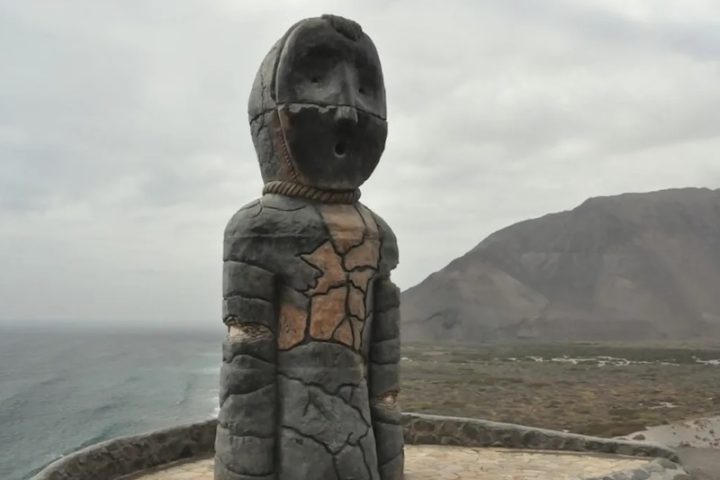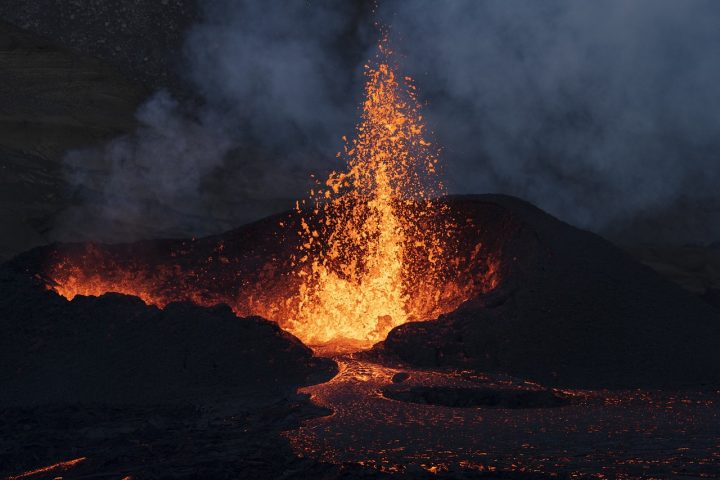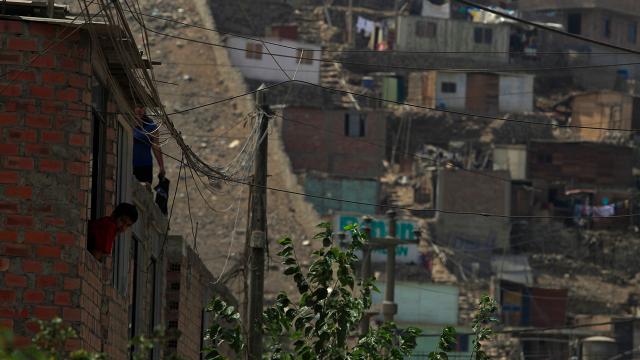Researchers have uncovered a nearly 3,000-year-old priest’s tomb at the Pacopampa archaeological site in northern Peru.
The burial chamber consists of a conical pit, one meter in diameter, sealed by a large natural boulder weighing more than half a ton. Preliminary dating indicates that the tomb dates to around 1000 BC. The man in the tomb is thought to have died between 25 and 35 years old.
- Following Widespread Demand, Twitter is Now Testing a “Edit Button.”
- SEE IT: Stunning new images display a close-up view of Jupiter
The manner of burial, and especially the way the grave was sealed, suggests that the person buried was no ordinary person. This is also supported by the rich grave goods. There are many different decorations in the tomb, both of cheap materials (shells) and semi-precious stones.
“These objects were brought from a distant place. It could mean that this person had a very important religious power at the time.”
Among the items belonging to this man, archaeologists found several pututo, blown musical instruments made of large seashells (Strombus sp.) found on the shores of the Gulf of Guayaquil.
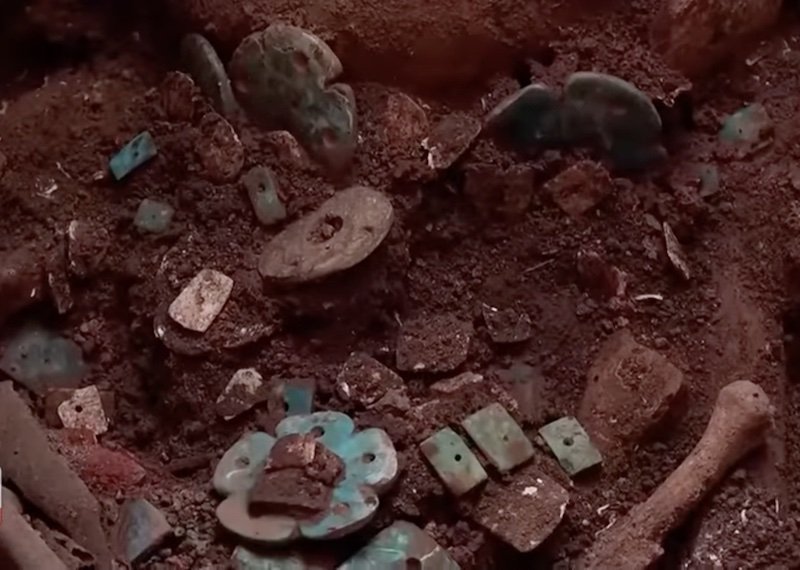
The pututo musical instrument was first found at Chavin de Huantar. This was a complex of monuments from the archaeological culture called Chavin.
The Chavin culture dates back to 900-200 BC, its representatives lived in the north of modern Peru, in the mountains – over three kilometers above sea level.
Earlier, scientists have recorded traces of the influence of the Chavin culture in Pacopampa, but according to dating, the latter appeared earlier, around 1200 BC and lasted until 500 BC. So the pututo found in Pacopampa’s tomb is older than the Chavin culture.
Researchers believe that the unusually buried man was not just a nobleman (as his funeral gifts attest). They believe he was a priest who used pututo in his rituals.
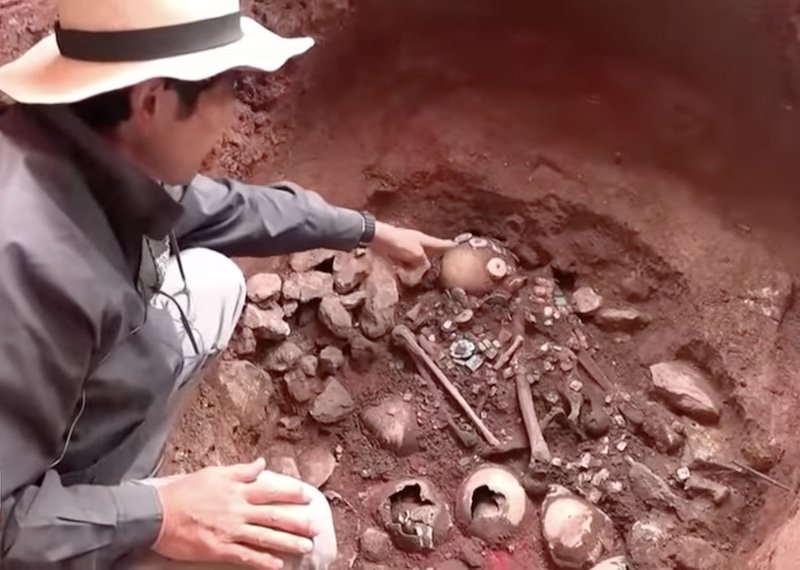
“In the modern world, shells may not seem like very valuable items. But for the inhabitants of the Andes, things were different.” “You had to walk to Guayaquil by the sea – that is, you had to go down the mountains, switch to a different climate and give up your usual diet.
The shells were so valuable that cheap substitutes appeared later – similar musical instruments began to be made from cattle horns. The pututo remained a ritual musical instrument during the Inca Empire and even after the arrival of Europeans in the New World.
The assumption that the deceased was a priest is based on where he was buried. Pacopampa was not an ordinary settlement, but a ceremonial complex, apparently used by representatives of different cultures.
Pacopampa consists of terraces, which, according to scientists, are considered the most prestigious place for both rituals and burial of the dead. Although treasure hunters have plundered the monument for centuries, archaeologists have found a significant number of artifacts and graves.
Ordo News. September 2, 2022.

